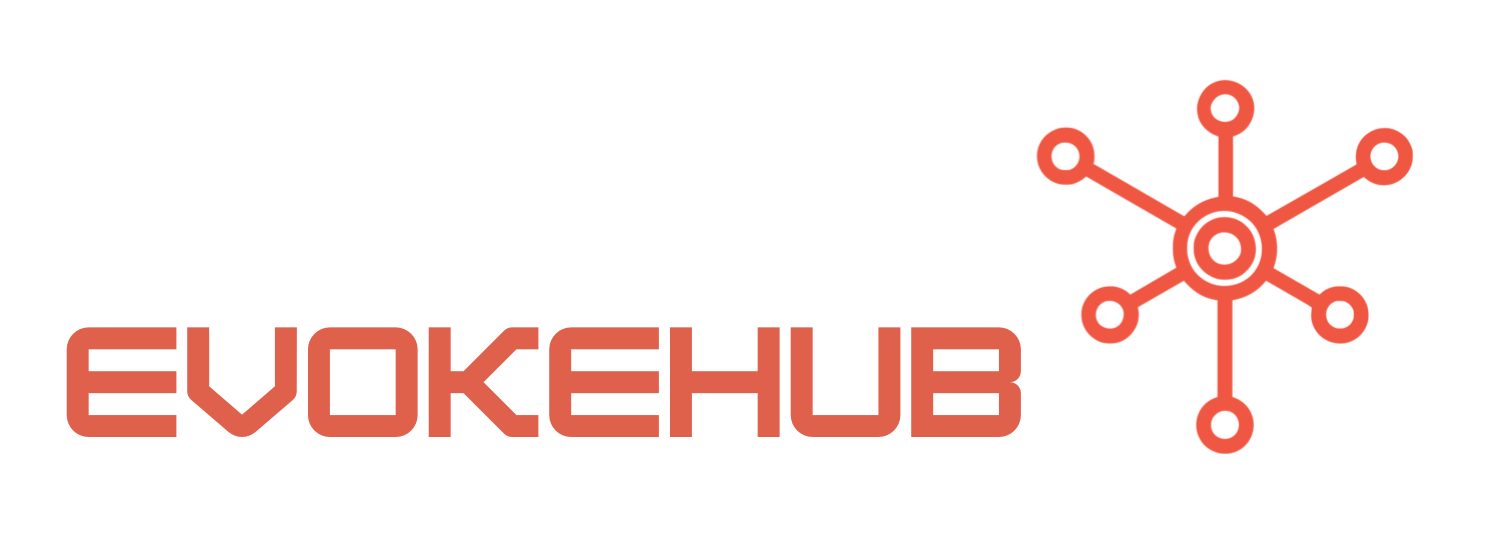Key Considerations When Introducing Feature Flags in .NET
When introducing feature flags in a .NET application, the first consideration is the design and implementation strategy. It’s crucial to ensure that the architecture can accommodate toggling features without introducing complexity. This often involves choosing the right framework or library, such as Feature Management in Azure App Configuration or LaunchDarkly. Understanding the libraries or tools available for .NET will help streamline the implementation process and ensure compatibility with existing systems.
Another critical consideration is defining the scope and lifecycle of the feature flags. Different flags may have different purposes—some may be temporary for testing, while others might be permanent settings. It’s essential to establish clear guidelines on how long each flag will remain active and under what conditions they will be removed. This clarity will help prevent flag bloat, where numerous outdated flags clutter the codebase, complicating future development and maintenance.
Lastly, tracking and monitoring the usage of feature flags is fundamental. Implementing logging and monitoring tools will provide insights into how flags are used and their impact on user experience. This can also help in identifying issues early, allowing development teams to respond swiftly. Integrating observability practices, such as those outlined in Microsoft’s best practices for telemetry, will enhance the overall effectiveness of feature flags.
Best Practices for Managing Feature Flags Effectively
To manage feature flags effectively, one of the best practices is to implement a naming convention that is intuitive and descriptive. This means using clear, meaningful names that reflect the purpose of the flag. Consistent naming conventions not only improve code readability but also make it easier for team members to understand which flags are active and what features they control. Documenting each flag’s purpose, expected behavior, and intended audience will further enhance clarity and collaboration.
Another important practice is to automate the activation and deactivation of feature flags through Continuous Integration/Continuous Deployment (CI/CD) pipelines. Tools like GitHub Actions or Azure DevOps can streamline this process, ensuring that flags are consistently applied across different environments. Automation reduces the risk of human error and allows teams to deploy changes quickly while maintaining control over feature rollouts.
Lastly, it’s vital to establish a regular review process for feature flags. This can be done through retrospective meetings or dedicated sessions aimed at evaluating the relevance and performance of current flags. Flags that are no longer needed should be removed promptly to maintain a clean codebase. According to Martin Fowler, regularly auditing feature flags helps maintain clarity and prevents technical debt, ensuring that the development process remains efficient and sustainable.
Implementing feature flags in .NET can significantly enhance a team’s agility and control over feature deployment. However, it requires careful planning and management to reap the full benefits. By considering design strategies, scoping, and monitoring, along with following best practices for naming, automation, and regular audits, development teams can successfully leverage feature flags. As software development continues to evolve, adopting these strategies will enable teams to maintain a robust and flexible approach to feature management.




